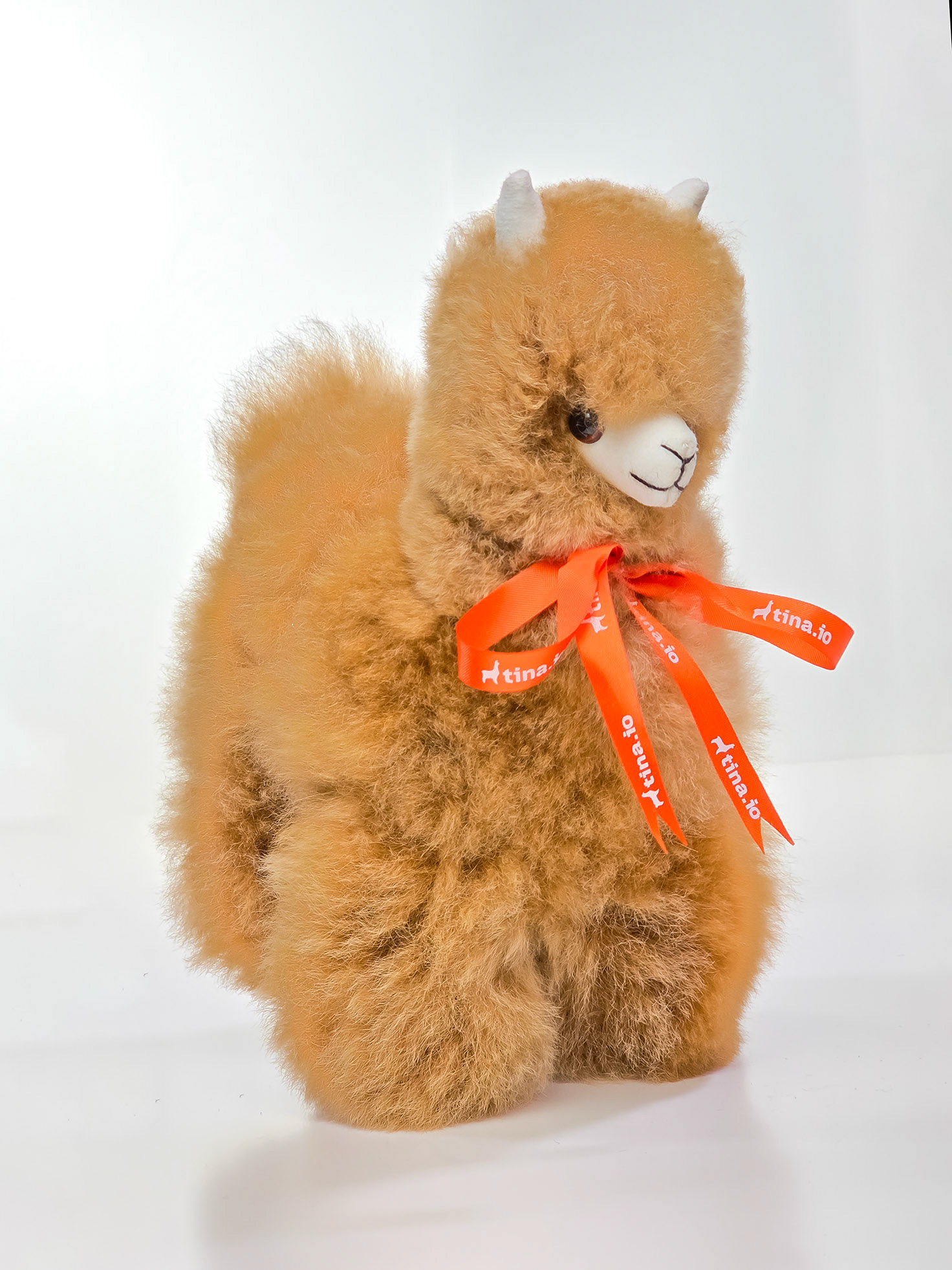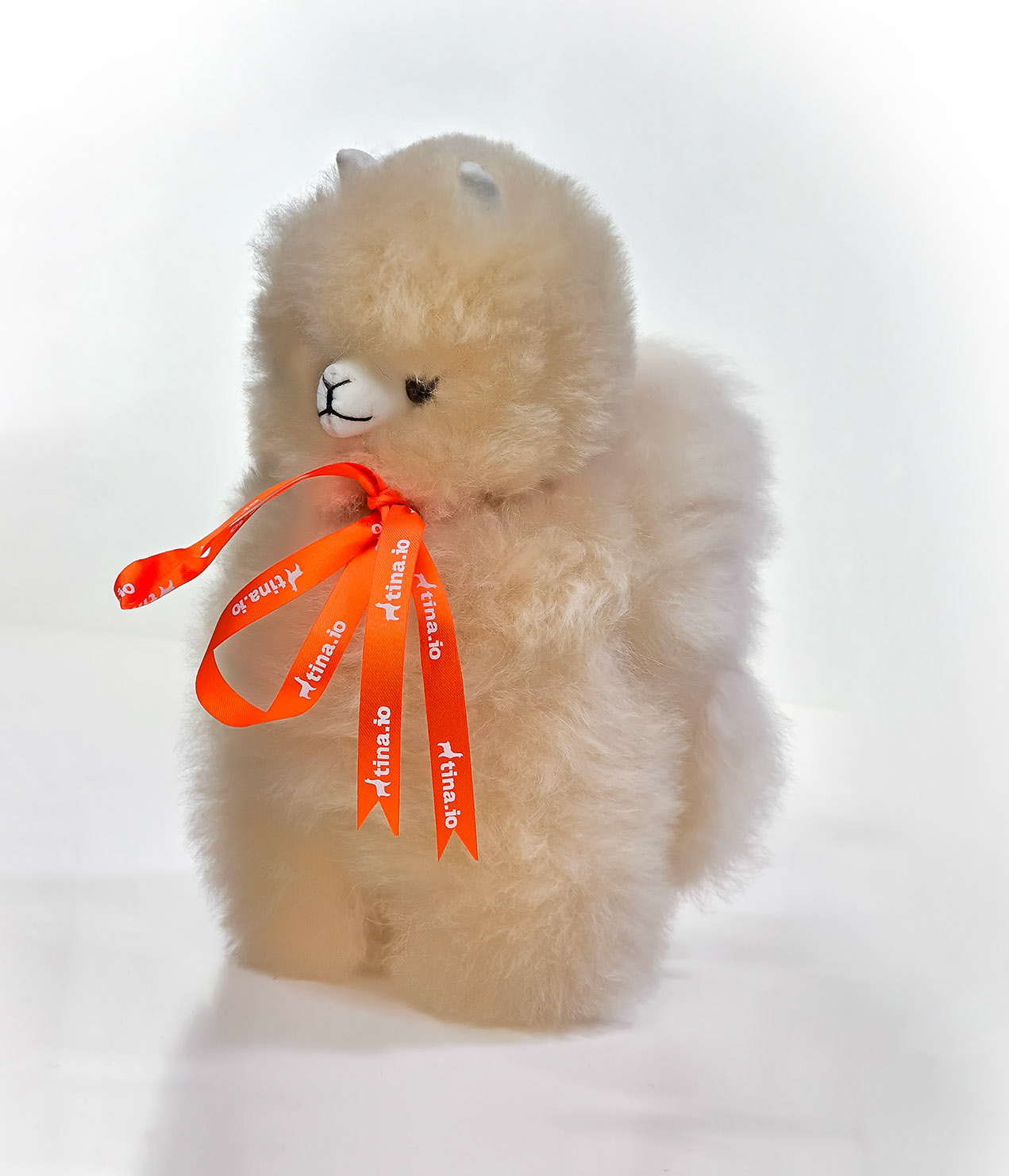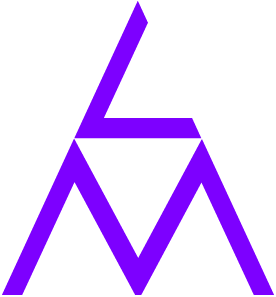Strap in, I'm going to condense a whole year into one post, so this is going to be a long one.
When I joined TinaCMS as their marketing lead, I walked into a scenario familiar to a startup: brilliant developers building brilliant technology, with marketing as an afterthought. Tina started like a lot of good things do, with developers solving their own problem. The code was strong, the vision was clear, but the message was scattered.
Right at the start of 2024, SSW (software consultancy) saw Tina's value and acquired them. At the time, I was working as the team lead for SSW TV, the video production side of SSW. The boss, Adam Cogan, called me up quite excitedly to tell me there was a fun new project to work on, leading to my transition from multimedia specialist to marketing specialist.
Twelve months later, the numbers tell a story of steady, sustainable growth: 25% increase in YouTube subscribers, 27% growth in newsletter contacts, and a thriving Discord community that expanded from 1,938 to 2,416 members. But behind the metrics lies a deeper story about what it takes to market to developers, an audience that can spot inauthentic marketing from a mile away.
Starting from (almost) scratch
There wasn't much marketing structure in place. No consistent voice, no campaigns, very little performance tracking, not even pricing that made sense. But that also meant we had room to ask better questions:
Who are we really speaking to?
What do they care about?
Why does Tina matter in this very crowded space?
Who are we really speaking to?
What do they care about?
Why does Tina matter in this very crowded space?
In the early days, it felt like shouting into the void. The CMS market is ruthless - you're either shouting louder than everyone else, or whispering to the right people. When you're up against industry giants like WordPress, Shopify & Wix, shouting isn't a great option, so we picked whispering, but made it sharp.
As someone who's spent years crafting narratives through video and music, I recognized this challenge immediately. Just like in filmmaking, where you need to hook your audience in the first few seconds, developer marketing requires understanding not just what to say, but how your audience consumes information.
Developers scan content the way I scan footage in an edit: quickly, purposefully, looking for what matters.
Developers scan content the way I scan footage in an edit: quickly, purposefully, looking for what matters.
The Developer-Marketing Paradox
The central challenge became clear pretty quickly: developers don't want to be marketed to, yet they're the primary decision-makers for the tools they use. I already knew this from working with all the devs at SSW, so I had a head-start, but traditional B2B marketing fall flat when your audience values technical accuracy over emotional appeals and can debug your messaging like they debug code 🐛
The solution wasn't to abandon marketing principles, but to adapt them.
Instead of marketing to developers, I focused on marketing with them.
This meant treating every piece of content as if it would be peer-reviewed by the community.
Instead of marketing to developers, I focused on marketing with them.
This meant treating every piece of content as if it would be peer-reviewed by the community.
Strategic changes that made the difference
Pricing that Actually Made Sense:
The old pricing wasn't working. It felt random, not thought-through. So I did a deep dive, flexed some spreadsheet skills and comparing competitors, modeling scenarios, and aligning cost with real user value.
The goal wasn't just revenue; it was trust. Arbitrary numbers feel exactly that, and people are instantly suspicious if the value feels off or random.
Instead we were trying to say "We see you. We know what you need. We've done the work."
The old pricing wasn't working. It felt random, not thought-through. So I did a deep dive, flexed some spreadsheet skills and comparing competitors, modeling scenarios, and aligning cost with real user value.
The goal wasn't just revenue; it was trust. Arbitrary numbers feel exactly that, and people are instantly suspicious if the value feels off or random.
Instead we were trying to say "We see you. We know what you need. We've done the work."
Speaking Two Languages at Once (and why that's hard)
One of the most challenging aspects was TinaCMS's dual audience: developers who implement the CMS and content editors who use it daily. Rather than trying to speak to everyone at once, we created distinct content paths for each audience, with clear entry points that directed users toward their relevant journey.
One of the most challenging aspects was TinaCMS's dual audience: developers who implement the CMS and content editors who use it daily. Rather than trying to speak to everyone at once, we created distinct content paths for each audience, with clear entry points that directed users toward their relevant journey.
Conferences & Community IRL
I helped lead our team through 8 developer conferences across Denmark, Portugal, Norway, the UK, and Australia. Most were with NDC Conferences, plus we even had one of our own: TinaCon. We met users, gathered feedback, and handed out shirts that read "Sites, Docs and Llamas. No Dramas."
I helped lead our team through 8 developer conferences across Denmark, Portugal, Norway, the UK, and Australia. Most were with NDC Conferences, plus we even had one of our own: TinaCon. We met users, gathered feedback, and handed out shirts that read "Sites, Docs and Llamas. No Dramas."
It was weirdly grounding to be face-to-face, and a good reminder that even in tech, the human part matters most.
It's not what you know... or is it?
A friend & colleague, Mike Smedley, loves quoting John Wanamaker's classic saying from the late 1800s:
"Half the money I spend on advertising is wasted; the trouble is I don't know which half."
"Half the money I spend on advertising is wasted; the trouble is I don't know which half."
So, what happens when you do know which half? Well, now you can spend even more money 🤣
I needed to find out what was working, so I added Clarity to Tina.io, and once we began implementing heatmaps and detailed site analytics, it revealed a crucial insight: users don't do what you want them to! After crafting what we thought was a logical flow, real user behavior showed different patterns entirely.
This reminded me of something I learned early in video editing: what you think is the most important moment in a scene is rarely what holds the audience's attention. If you haven't heard the term "kill your darlings", it's the idea that if a scene does not work to serve the greater story, no matter how awesome it is it needs to be cut. The data forced us to restructure based on user behavior rather than our own expectation.
Live & Learn & Llama 🦙
A year of developer marketing taught me several (seemingly counterintuitive) lessons:
The shorter their attention, the more you need to focus 🤔
I don't think anyone doubts how short the modern attention span is. A good campaign today might be ignored tomorrow. But that goes both ways - a poor campaign is forgotten even faster. This means it's actually a great time to be creative, make any content you want, and see what sticks.
Slow and Steady Wins 🐢
If you're building trust, it happens gradually, through consistency, word-of-mouth, and proven success stories rather than viral campaigns (although these don't hurt). Next time you feel like you're shouting in the void, take a breathe and see how far you've come, recalibrate, then keep going one step at a time.
Community Is Your Greatest Asset:
A thriving community becomes a force multiplier for all other marketing efforts. Tina's Discord became genuinely helpful, and I've seen Discord steadily becoming a powerful platform for artists, musicians & content creators.
People love a fluffy llama 🦙
Wow. Just wow. The llama mascot became an entity of it's own, with Tina owning it on the convention circuit. We went all in, getting the really good llama toys made out of alpaca wool as prizes for our raffles. It surprised us endlessly how popular they were. We got so many sign-ups, people dragging their friends to enter our raffles, and offers to outright buy these llamas!
Wow. Just wow. The llama mascot became an entity of it's own, with Tina owning it on the convention circuit. We went all in, getting the really good llama toys made out of alpaca wool as prizes for our raffles. It surprised us endlessly how popular they were. We got so many sign-ups, people dragging their friends to enter our raffles, and offers to outright buy these llamas!
Final Thoughts
Marketing Tina taught me a lot about building brand identities, communication and all that, but mostly it was a reminder me that even in software, you're still telling stories. Still building trust. Still connecting people to something you hope will make their work better.
Just like the best film editing is invisible, and the best music production serves the song, the best marketing doesn't feel like marketing at all. When you're genuinely solving problems for people, marketing is about connection and education, not persuasion. The numbers grew because the community grew. And the community grew because we focused on serving developers rather than selling to them.
Now I just need a way to erase all the llama puns from my head 🦙
Enjoy a peek at Tina's photoshoot.
Enjoy a peek at Tina's photoshoot.



